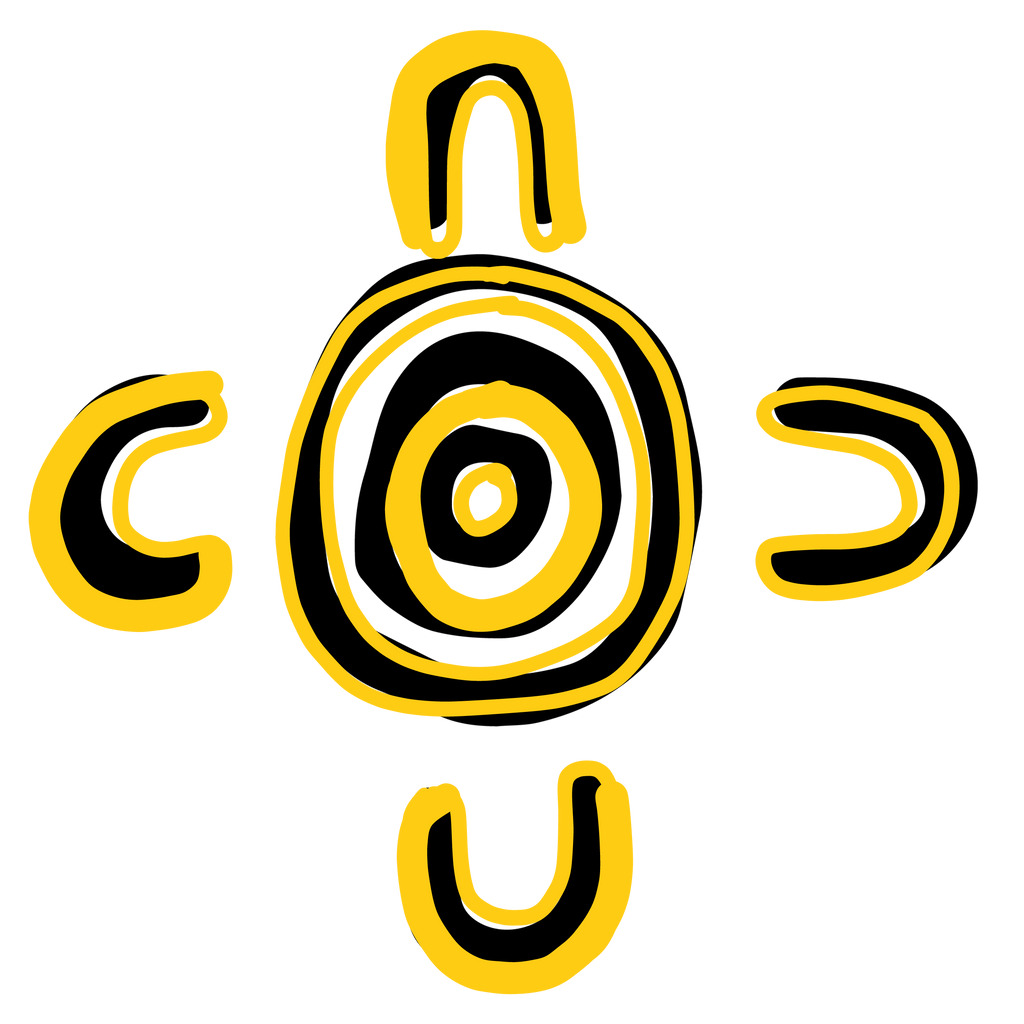Aboriginal Art 100% from Community-Run Art Centres
When you buy Aboriginal art from ART ARK®, you choose fairness, authenticity, and respect. We make it easy to buy authentic Aboriginal art ethically by working exclusively with community-run, not-for-profit Aboriginal art centres that guarantee transparency, fair pay, and cultural significance in every piece we sell.
Supporting Aboriginal Artists
By sharing their culture, remote Aboriginal artists create opportunities for themselves. Buying Aboriginal art ethically supports these artists while bringing warmth and meaning into your home.
Buy Aboriginal Art Online
Browse our curated collections of Aboriginal art for sale, all sourced directly from not-for-profit Aboriginal art centres. Every piece is original and ethical.
Dot Paintings Arnhem Land Weaving Arnhem Land Art Subscribers Stretched Paintings Desert Weavings Watercolour Paintings
Aboriginal art is the world’s oldest continuous artistic tradition, spanning over 60,000 years. It tells stories of Country, kinship, and the Dreaming through intricate dot paintings, rarrk cross-hatching, and sacred symbols.
Aboriginal art is extraordinary, not just in its longevity but in the stories it carries. Yet, despite its deep cultural and artistic value, not all dealers do the right thing. Many exploit artists, paying them a fraction of the sale price while misleading buyers. Truly supporting Aboriginal art means recognising its cultural and economic importance and ensuring artists are respected, celebrated, and fairly paid through ethical purchasing.

ART ARK® is based in Launceston, Tasmania (Lutruwita)
Ethical Aboriginal Art Matters.
Here’s Why.
When you buy Aboriginal art ethically, you directly support Aboriginal artists and their communities. Simple, right?
Well, the alternative is that your money ends up in the hands of one of the many dealers who exploit artists instead of empowering them.
The truth is, every unethical gallery claims to be ethical, and anyone with a printer can create a ‘certificate of authenticity.’
Dodgy Aboriginal art dealers are everywhere, and navigating the ethics of Australian Indigenous Art is often complex. This is the founding reason ART ARK exists. We provide clear guidance and work only with community art centres, ensuring every purchase is made with integrity.
At the end of the day, you deserve to know where your support goes, and the artists deserve to be celebrated and fairly compensated for their extraordinary work.
The Bright Side of Aboriginal Art
At ART ARK®, we champion the good side. An amazing and uplifting industry where buying Aboriginal art supports whole communities. We partner exclusively with not-for-profit, community-run, and publicly audited art centres that prioritise their artists' interests and authenticate the artworks we sell. Here, ethical trading isn’t a marketing slogan but our guiding principle embedded in everything we do.
Aboriginal Art Centres? Ethical Aboriginal Art? Authenticity? Indigenous Art Code?

Aboriginal art centres are the beating hearts of communities
With 1565+ five-star reviews, our customers proudly bring beautiful art into their homes while directly supporting remote Aboriginal artists and helping us combat unethical trading.
ART ARK® Founder
Before founding ART ARK, Guy worked for these incredible community centres for over ten years. ART ARK's mission today is to combat the prevalent exploitation in the Aboriginal art market through education while providing you with a seamless, ethical way to support talented artists. Through these partnerships, we strive to foster a deeper understanding and appreciation of Aboriginal art and culture, promoting fair practices and the economic empowerment of Aboriginal communities.
Australian Aboriginal Art

Aboriginal art symbol and rock painting of megafauna, Quinkan rock art, Laura, QLD
Aboriginal art embodies storytelling, spirituality, and a profound connection to Country, reflecting the deep ties of Aboriginal communities to the land, the Dreaming, and ancestral Dreamtime stories.
Resilient through ice ages and the impacts of colonisation, the history of Aboriginal art reveals its enduring strength as a powerful cultural expression. It preserves cultural knowledge, sustains traditions, and empowers remote communities economically.
Indigenous art centres in regions like the Kimberley, Central Desert, and Arnhem Land play a crucial role in this legacy. These community-run hubs are vital for artistic production, offering social and economic opportunities while fostering cultural pride and the transmission of knowledge to future generations.
The enduring legacy of Aboriginal art deserves our respect and protection. Unfortunately, not everyone honours these traditions.
Discover Beautiful Aboriginal Artworks For Your Space
Explore our beautiful Aboriginal artworks and take pride in owning a piece that truly makes a difference. From dot paintings and bark paintings to impressive sculptures, each artwork reflects the rich cultural heritage and artistic excellence of Aboriginal communities, ensuring that your purchase contributes to the preservation and empowerment of these remarkable traditions.












 Aboriginal Art History
Aboriginal Art History  What is The Dreaming
What is The Dreaming  Aboriginal Art Symbols
Aboriginal Art Symbols  Aboriginal Dot Painting
Aboriginal Dot Painting 













































